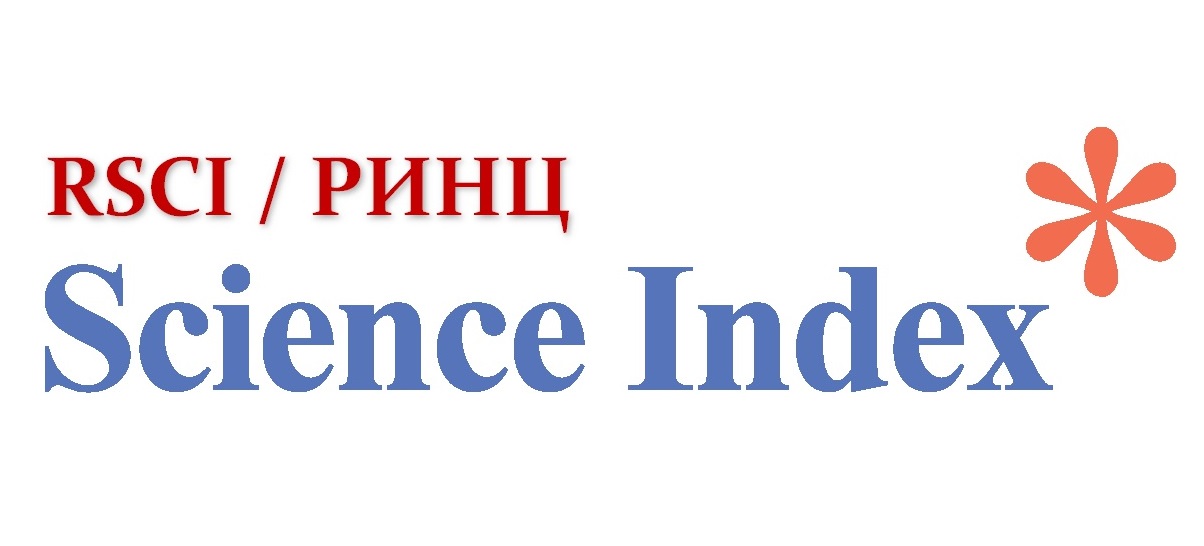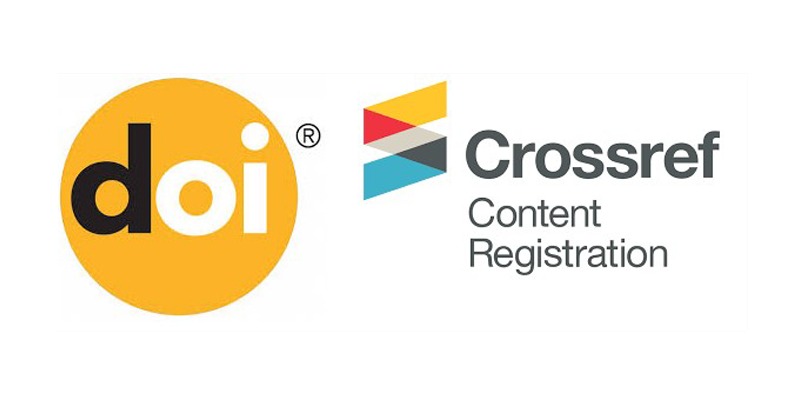Soft tourism as a tool for sustainable development of destinations in the regions of Kazakhstan
Views: 126 / PDF downloads: 72
DOI:
https://doi.org/10.32523/2789-4320-2025-3-397-415Keywords:
tourism market, region, destination, soft tourism, hard tourism, tourism infrastructureAbstract
Kazakhstan, with its significant natural and cultural potential, faces difficulties in the field of sustainable development of tourist destinations, including due to mass tourism, which has a negative impact on the ecosystem and traditional way of life of local communities. This problem hinders the sustainable development of tourist destinations and reduces the attractiveness of tourist resources within the boundaries of the tourist area. In accordance with global trends, soft tourism is one of the important tools that can ensure the sustainable development of domestic tourist destinations.
The article examines the concept of soft tourism as a tool that allows for the sustainable development of destinations in the regions of Kazakhstan. The authors analyzed the basic principles of soft tourism in modern conditions and considered ways of their application in the development of domestic tourist territories.
The study examined, using statistical analysis methods, the hypotheses that soft tourism today is the main means of sustainable development of destinations, and modern tourists are interested in the transition from mass tourism to soft tourism, and try to take responsibility for the environment. As a result of the study, the authors identified the importance of soft tourism in ensuring sustainable development of the destination and noted its economic and social significance.
Downloads
Downloads
Published
How to Cite
Issue
Section
License
Copyright (c) 2025 Б. Онаева, К. Мусина, A. Муканов

This work is licensed under a Creative Commons Attribution-NonCommercial 4.0 International License.






